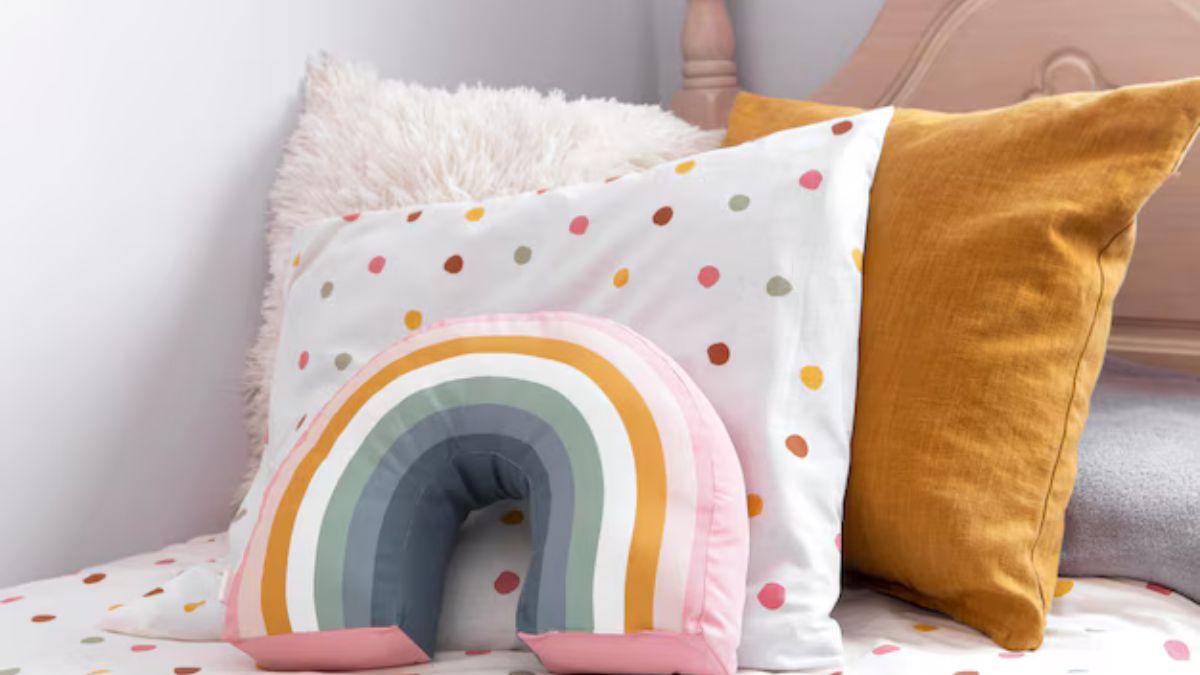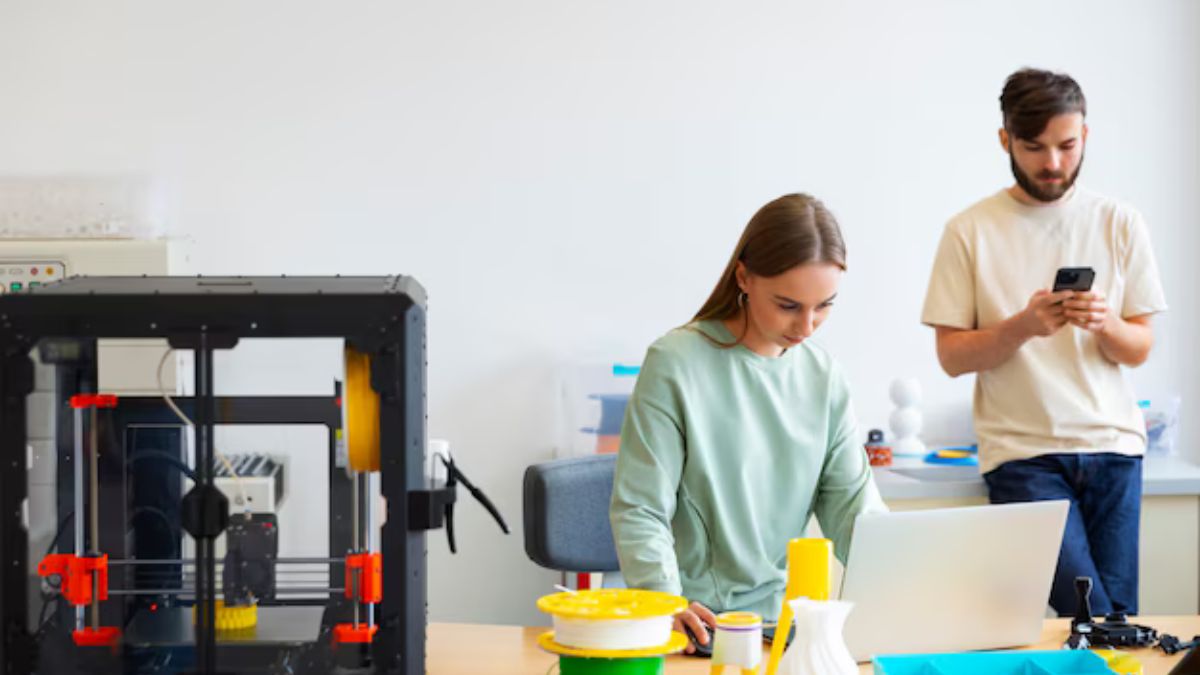As parents, we all want our children to get a Better Sleep. A crucial component of achieving this is selecting the right kids pillows. With the market flooded with various options, it can be overwhelming to choose the best kids pillow for your child. This guide will help you navigate the world of kids pillows, covering everything you need to know to ensure your child sleeps soundly and comfortably.
Why Are Kids Pillows Important?
Kids pillows serve several essential functions. They provide support for a child’s head and neck, promote proper spinal alignment, and contribute to overall sleep quality. The right pillow can help alleviate discomfort, prevent sleep disturbances, and support healthy growth and development.
Key Factors to Consider When Choosing Kids Pillows
- Age and Size: The size of the pillow should correspond with the child’s age and size. Younger children typically require flatter, smaller pillows, while older kids may need thicker, larger options.
- Material: Kids pillows come in various materials, including memory foam, polyester, cotton, and gel-infused options. Each material has its benefits:
- Memory Foam: Provides excellent support and contours to the head and neck.
- Cotton: Breathable and hypoallergenic, making it great for sensitive skin.
- Gel or Cold Pillows: These options stay cool throughout the night, perfect for hot sleepers.
- Adjustability: Kids adjustable pillows can be a game-changer. These pillows allow you to customize the height and firmness, accommodating your child’s specific needs as they grow.
- Allergies: If your child suffers from allergies, consider hypoallergenic pillows that resist dust mites and allergens.
The Best Kids Pillow Options
When it comes to choosing the best kids pillow, consider the following types:
1. Kids Adjustable Pillows
Kids adjustable pillows are versatile and can grow with your child. These pillows usually come with removable stuffing, allowing you to customize the height and firmness. This feature is particularly beneficial as children transition from crib to toddler beds and beyond. By adjusting the pillow, you can ensure proper support for their developing bodies.
2. Cold Pillows
For children who tend to sleep hot, a cold pillow can be an excellent solution. These pillows are designed with cooling gel technology or breathable materials that help regulate temperature. A pillow cold can enhance sleep quality by preventing overheating during the night. Look for options that specify temperature regulation for optimal comfort.
3. Memory Foam Pillows
Memory foam pillows are known for their ability to conform to the shape of the head and neck, providing excellent support. They can help alleviate neck pain and promote proper alignment, which is crucial for growing children. However, ensure that the pillow is not too thick for your child’s size to avoid elevating their head too high.
4. Cotton Pillows
Cotton pillows are soft, breathable, and typically hypoallergenic. They are an excellent option for sensitive skin and can be easily washed, making them convenient for parents. Look for 100% cotton options that offer both comfort and durability.
How to Care for Kids Pillows
Proper maintenance of kids pillows is vital for hygiene and longevity. Here are some tips for keeping your child’s pillows in great condition:
- Regular Washing: Check the care label for washing instructions. Most cotton and synthetic pillows can be machine washed. Memory foam pillows may need spot cleaning instead.
- Use Pillow Protectors: Invest in pillow protectors that are waterproof and hypoallergenic. These can help keep the pillow clean and free from allergens.
- Air Them Out: Occasionally, air out the pillows to keep them fresh. This helps eliminate odors and ensures they remain comfortable.
When to Replace Kids Pillows
Even the best kids pillows will eventually wear out. Here are some signs it’s time to replace your child’s pillow:
- Lumps and Clumps: If the pillow no longer has a uniform shape or has developed lumps, it’s time for a replacement.
- Allergic Reactions: If your child experiences increased allergies or discomfort, the pillow may harbor dust mites or allergens.
- Age of the Pillow: As a general rule, replace pillows every 1-2 years for kids to ensure they maintain proper support and hygiene.
Tips for Teaching Kids About Sleep Hygiene
Encouraging good sleep habits goes beyond choosing the right kids pillows. Here are some tips to help instill healthy sleep routines:
- Consistent Sleep Schedule: Establish a regular bedtime and wake-up time to help regulate your child’s internal clock.
- Create a Relaxing Environment: Ensure your child’s bedroom is conducive to sleep—dark, quiet, and cool.
- Limit Screen Time: Reduce exposure to screens at least an hour before bedtime to help promote relaxation.
- Bedtime Rituals: Engage in calming activities before bed, such as reading a story or practicing relaxation exercises.
Conclusion
Selecting the right kids pillows is essential for ensuring your child gets the restful sleep they need. With various options like kids adjustable pillows, cold pillows, and memory foam pillows available, you can find the best kids pillow that suits your child’s unique needs. By considering factors like age, material, and adjustability, you can make an informed decision that promotes better sleep for your little ones.
Remember, good sleep hygiene practices play a crucial role alongside the right pillow. With the right combination of a supportive pillow and healthy sleep habits, your child can enjoy a more restful and rejuvenating sleep, paving the way for a brighter, more energetic day ahead.











